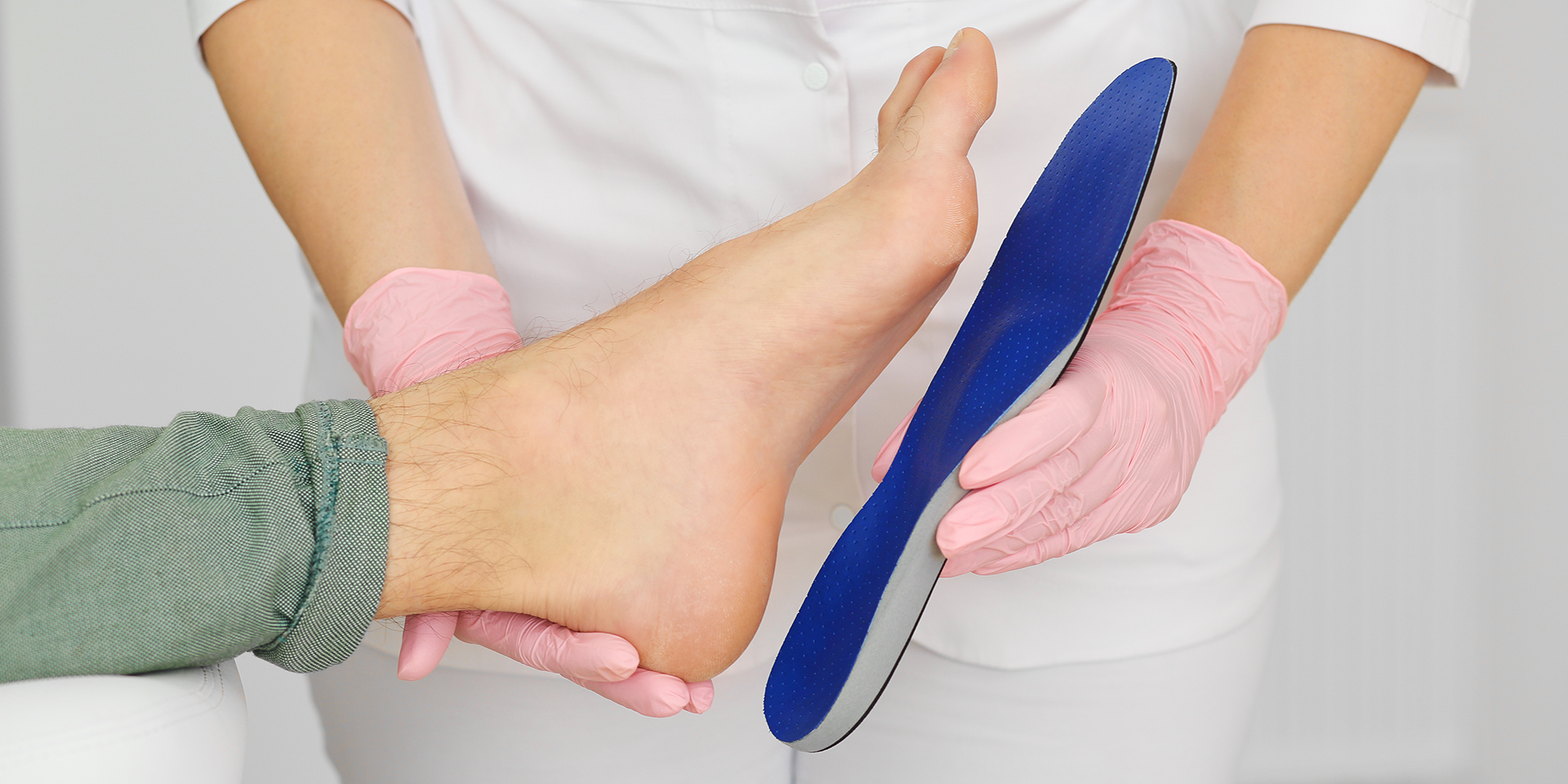
Create Better Patient Treatment Plans with Pressure Mapping and Gait Analysis
Medicine—helping others maintain their physical well-being throughout their lifetimes—is truly age-old.
The earliest mention of it in writing dates back to Ancient Egyptian times, says the American College of Healthcare Executives, adding that it dates “back to about 2600 BC. Later, the first known code of conduct, the Code of Hammurabi, dealt with many aspects of human behavior and…established laws governing the practice of medicine. The first medical text was written about 250 years later.”
The practice of medicine almost certainly goes back further than that, to the times of cave-dwellers—although today’s civilizations might not recognize it. Still, the idea has remained fundamentally the same throughout the eons.
Suppose you own, manage, or work in a podiatry clinic or research laboratory at a hospital. In that case, your goals are likely the same: to help people become the happiest, healthiest versions of themselves that they can. This isn’t always easy, though—especially when you lack the right tools.
Pressure mapping and gait analysis, enter stage right. These critical technologies are revolutionizing how doctors treat their patients across America and the world. If you haven’t jumped on board and discovered how to improve your treatment plans, it’s time.
What Podiatry Clinics and Hospitals Are Missing
Many podiatry clinics and hospitals are met with daily frustrations, from treating patients who never seem to get better regardless of the care received to those recovering more slowly than hoped, and even others who suffer further injury in their attempts to resolve the initial issue. It can be challenging for doctors to improve their patient’s health.
You only have so much information without seeing inside the foot or ankle. That leaves you guessing, leaving your patient or client doing their best to follow instructions that may not make a difference—or could even increase their trouble.
Such problems arise for many reasons, including:
- An incorrect or incomplete diagnosis resulting from a lack of information
- Ineffective treatments that don’t fix the problem and leave patients unhappy
- Frustration stemming from your inability to give patients good information
- Fighting with technology that doesn’t perform reliably or repeatedly
- The amount of time required to complete an assessment
- Product design deficiencies cannot address the real issues you face daily, no matter how much you update or recalibrate
So then, what are you missing? Simple: gait analysis and pressure mapping tools that work.
Where Gait Analysis and Pressure Mapping Come In
Gait analysis isn’t just for athletic performance and sports medicine. It is an essential clinical tool for people of all ages and professions, not just the fitness niche.
When someone steps off a curb wrong, breaks their ankle, and must learn to walk again, you need detailed information about the internal structures of the foot to help them. When a child with a congenital disability receives surgery to correct the shape of their feet, you need an “inside look” at how their bones, muscles, and tendons work afterward. And when a regular Joe can’t seem to heal that tricky heel, the right tools can help you learn why.
These tools offer two kinds of information:
- Gait: How does the person walk? What happens between the time when they pick up a foot and put it back down, then pick up the other and do the same? How does this affect the feet, ankles, legs, and trunk?
- Pressure: Where do clients and patients put pressure on the soles of their feet? Do they pronate? Are there asymmetries? Are they overusing toes or heels?
This type of information is difficult to gather with analog technologies. Not only does movement complicate your ability to diagnose, but many contortions that lead to injury happen on a micro-level incapable of seeing with the human eye. It would help if you had digital.
How Do These Technologies Work?
Sensor-based digital tools are high-tech, but their basic operations are straightforward:
- Using insoles embedded with sensors that slip inside shoes, you direct patients to move according to your needs.
- Sensors take readings at rates you set, then transmit wirelessly to software.
- The software aggregates the data and transforms it into a numerical and 2D or 3D picture of what’s happening while the patient moves.
- You use the data and images to diagnose the problem more accurately than you could without such tools.
- Using your diagnosis, you design treatment plans and choose footwear accordingly.
- Repeat the process as often as you like to measure improvement and performance.
Nothing to it—with the right tools, of course.
Serve Your Patients Better Today With XSENSOR
The bottom line is that you need accessible technologies that map the pressure on the sole of the foot and measure a person’s gait to base your diagnosis on information that accurately displays the problem. That helps you diagnose correctly, draw up treatment plans with positive outcomes, and choose footwear that will protect individuals from injury in the future.
Wondering how you can use pressure mapping to increase the efficacy of your treatment plans? How about gait mapping for better clinical and research outcomes? Let XSENSOR help you implement the new tools and technologies that help doctors and scientists understand and treat the human foot across the country and the world.
If you’re ready to see fewer errors and rework, greater accuracy and reliability, more repeatability and less calibration, and happier clients, then you’re ready to talk to XSENSOR about our Intelligent Insoles | Clinical. Reach out today to learn more.

